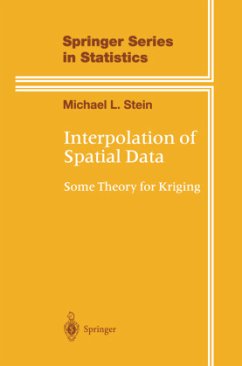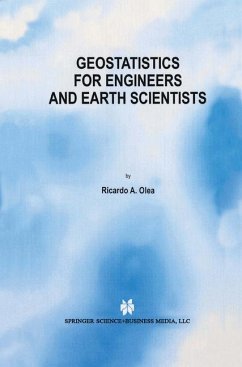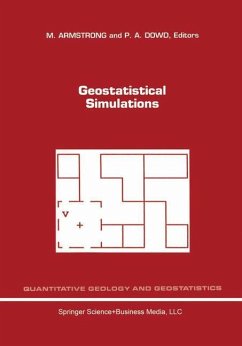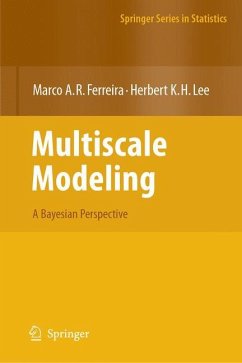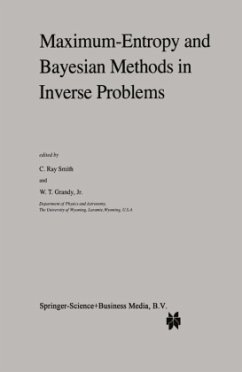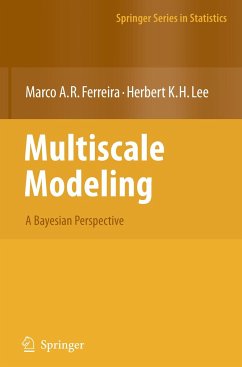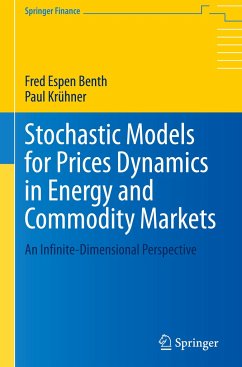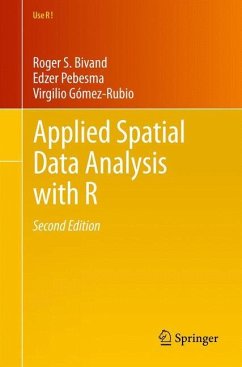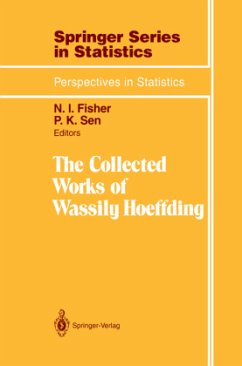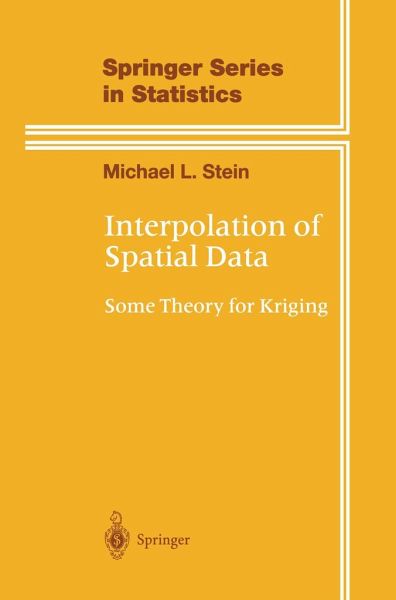
Interpolation of Spatial Data
Some Theory for Kriging
Versandkostenfrei!
Versandfertig in 1-2 Wochen
107,99 €
inkl. MwSt.
Weitere Ausgaben:

PAYBACK Punkte
54 °P sammeln!
Prediction of a random field based on observations of the random field at some set of locations arises in mining, hydrology, atmospheric sciences, and geography. Kriging, a prediction scheme defined as any prediction scheme that minimizes mean squared prediction error among some class of predictors under a particular model for the field, is commonly used in all these areas of prediction. This book summarizes past work and describes new approaches to thinking about kriging.





